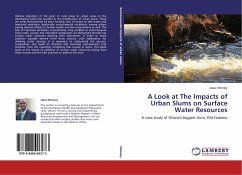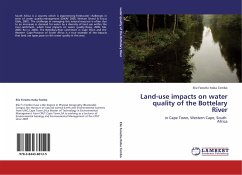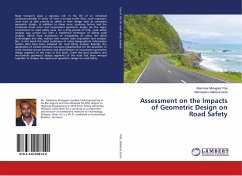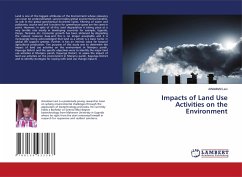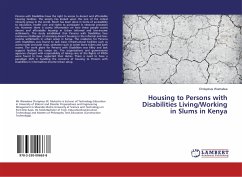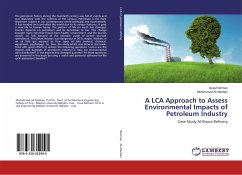Distress migration of the poor in rural areas to urban areas in the developing world has resulted in the proliferation of urban slums. These are areas characterised by poor housing, lack of access to safe water and improved sanitation, deplorable environmental conditions, among others posing adverse effects to human health and the environment as well. The lack of improved sanitation is particularly a big problem in slums because solid waste, excreta and untreated wastewater are discharged directly into surface water resources draining their catchments. In order to avoid pollution possibly derived from these sources, with implications for drinking water sources, it is necessary to understand the sources, composition and loads of chemical and microbial contaminants that emanate from the insanitary conditions that prevail in slums. This book looks at the extent of pollution of surface water resources arising from these sources and the best practices to address this issue.
Bitte wählen Sie Ihr Anliegen aus.
Rechnungen
Retourenschein anfordern
Bestellstatus
Storno

